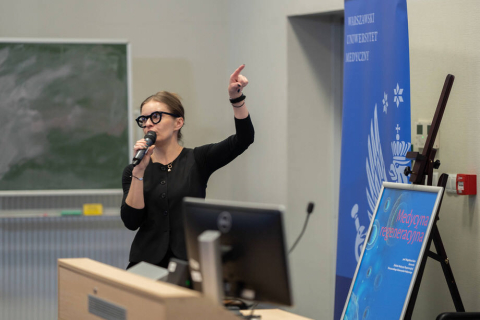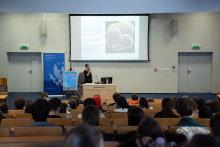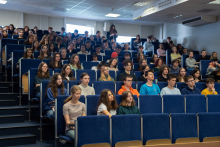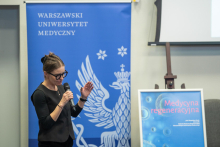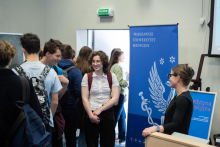It is known that the human body can regenerate itself. Professor Kucia reminded that the intestinal epithelium renews itself very quickly - every 2 days, the epidermis - every 14 days, erythrocytes every 150 days and leukocytes within 4-7 days. And who is behind this? Stem cells deposited in our tissues, of course.
What makes them unique
- Stem cells are the body's natural reserve. They replenish the supply of specialized cells that have been used up or damaged - the professor said.
The professor stressed that not every stem cell is functionally the same, that is, in terms of its ability to differentiate. There are those that will give rise to every type of cell and tissue, but there are also specialized stem cells (such as hematopoietic or skin cells). So they are different from each other, but they are all unique compared to other cells in the body.
- Stem cells have two very important characteristics: the ability to self-renew, so they maintain their pool, and the ability to differentiate. The zygote has the greatest functional potential for differentiation - both embryonic and extraembryonic tissues are formed from it - the speaker said.
How they can be used in medicine
Stem cells are used in regenerative medicine, which was very vividly defined by Prof. Kucia:
- I like to look at regenerative medicine as at two arms. The first is the safe and effective introduction of stem cells to treat patients, rebuilding worn out/damaged organs. And the second is developing strategies to protect stem cells and their self-renewal process.
The research is underway on the use of stem cells to treat a great many conditions - diseases of the nervous system, heart muscle, metabolic diseases, skin burns, rare diseases. However, as the lecturer stressed, the gold standard in medicine is still the transplantation of hematopoietic stem cells for bone marrow cancers.
How does hematopoietic cell transplantation work?
Prof. Kucia recalled that in Poland, the first hematopoietic stem cell transplantation was performed by Prof. Wiesław Jędrzejczak of the Chair and Department of Hematology, Transplantology and Internal Medicine MUW.
- The procedure involves first "cleaning" the diseased bone marrow in the process of chemotherapy or radio-chemotherapy, and then administering stem cells that start working in the bone marrow, i.e. start producing new blood cells - the speaker said.
Professor Kucia also explained how the collection of hematopoietic stem cells from a donor takes place. In only 20 percent of cases, marrow blood is drawn from the hip spikes. In 80 percent of donors, stem cells are isolated from peripheral blood.
The story of Matthew and the remarkable transplant
High school students were very interested in the story told by the speaker of the first transplantation of stem cells isolated from umbilical cord blood. It occurred at the initiative of American physician Hal Broxmeyer, and was carried out by Prof. Eliane Gluckman in France in 1988.
The hero of the story is Matthew - then a 5-year-old boy, suffering from Fanconi congenital anemia. When he came under Prof. Broxmeyer's care, his bone marrow was already in a very poor condition. All databases were searched and it turned out that there was no suitable donor. Fortunately, Prof. Broxmeyer had previously researched stem cells from cord blood and knew that they could be transplanted. He suggested to Matthew's parents that they try to have a second child. The cord blood could then be harvested at birth. The parents decided on this solution and a year later Matthew's sister was born. Hematopoietic stem cells were isolated from her umbilical cord. The transplant was successful, and Matthew began to live as actively as his peers.
Beware of cosmetics with stem cells
At the end of the lecture, Prof. Kucia warned against all creams, shampoos and other super cosmetics that supposedly contain stem cells. The professor reminded that in order for stem cells to retain their activity, they must be stored at liquid nitrogen temperature.
The meeting was attended by students from: Klementyna Hoffmanowa High School No. X, Władysław IV High School No. VIII, Stefan Batory High School No. II with Bilingual Branches, Tadeusz Czacki High School No. XXVII, Stefan Żeromski High School No. XL with Bilingual Branches.
